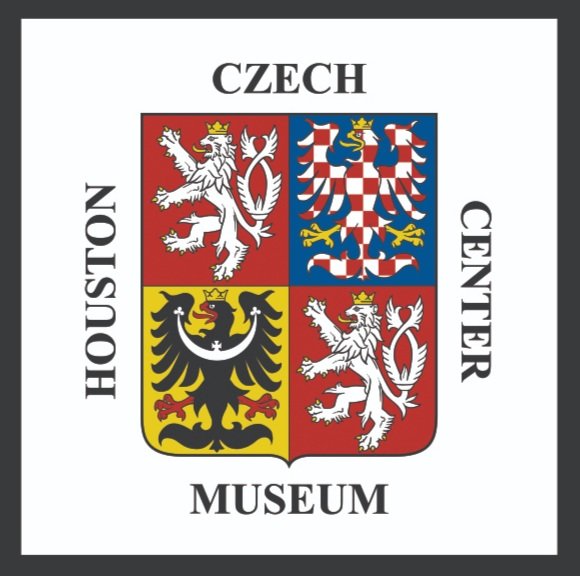The history of Czech poetry goes as far back as the 9th century. It begins with the works of Saints Cyril and Methodius, who translated texts in the bible from Greek to Old Church Slavic, a language in which the first Czech poems were written. Since then, Czech poetry continued to flourish, even when the chosen languages of the Czechs continued to face challenges throughout the centuries. The apparent culmination of Czech poetic culture is of a poem, Máj, written by Karel Hynek Mácha.
Czechs and Coffee
Although Prague is known for its beer, another important stable of Czech culture includes coffee and coffeehouses. Coffeehouses provided a place for the poor, men, and particularly women to congregate, discuss, organize, and entertain. Although the use of coffeehouses by women was mired in controversy due to brothels attached to some of them, coffeehouses still provided a place for women to discuss societal emancipation. The Café Louvre is one such coffeehouse that has served as a bedrock for many historical figures to organize and entertain and continues to do so to this day.
The Bohemian Revolt: Defenestration and War
The decision in establishing an emperor’s successor would lead to a conflict that would spark the Thirty Years’ War. The Bohemian revolt initially started off in favor of the Bohemians, but it damaged diplomacy. Victory in this conflict for either side would hinge on the battle that would take place at White Mountain.
Rudolf II: The Intellectual yet Disastrous Emperor
Rudolf II desired to unify Christendom in the Empire and tried to take a tolerant stance on religious issues. Though he was an ineffectual ruler, he had a love for academics that helped spur the Scientific Revolution. He was known as “the greatest art patron in the world,” and philosophers, painters, alchemists, astronomers, architects, and mathematicians came to Prague to work under his patronage.
Frantiska Plaminkova
Františka Plamínková, founder of the National Council of Women, was a trailblazer in feminism and women's rights. Her fight for women's suffrage and self-personhood was a long one, beginning in 1903 with the Czech Women's Club. Sadly, she was one of many executed by the Nazis in retaliation to Reinhard Heydrich's assassination. Milada Horakova continued Plamínková's work.
Slovak Flag
White, red, and blue make up the Pan-Slavic Tricolor, chosen based on the flag of Russia since that nation, during the late 17th century, represented Slavic independence and power. In fact, their flag was initially too similar to the Russian flag for them to keep it that way, thus the decision to ultimately add the heraldic symbol was made on September 1, 1992.








